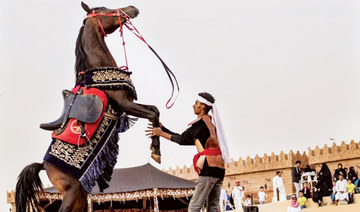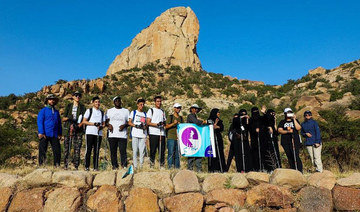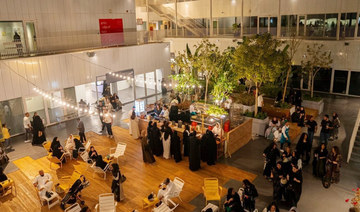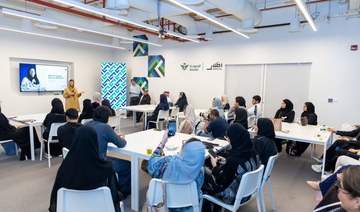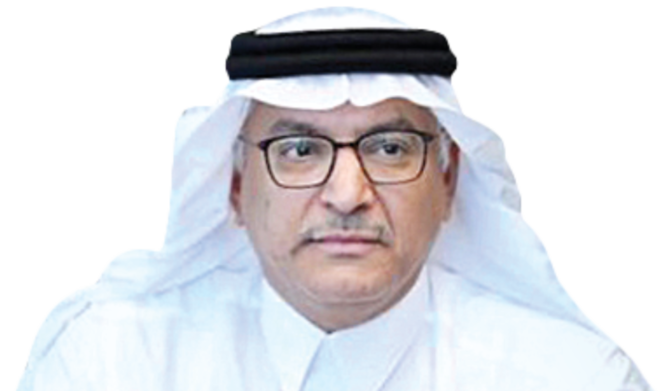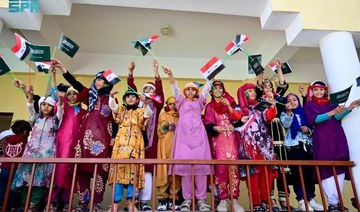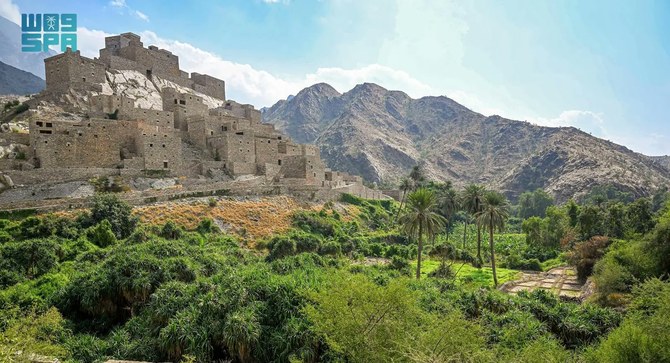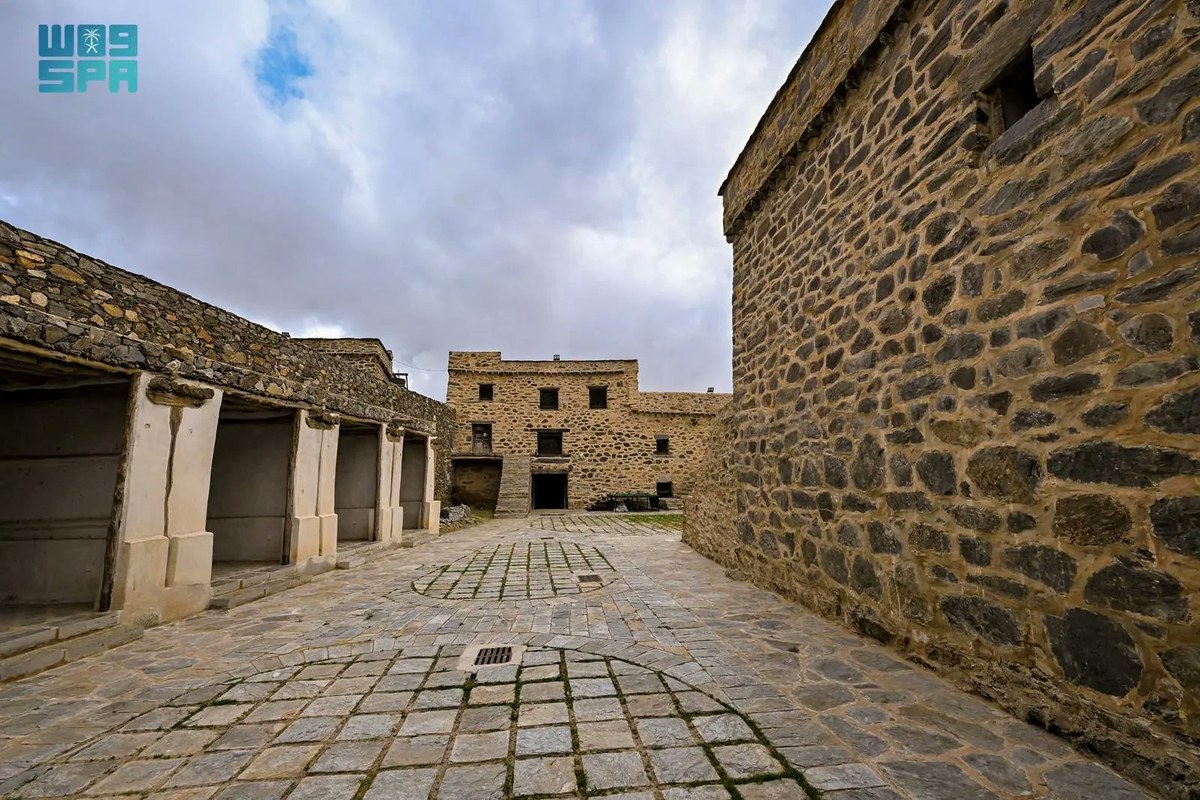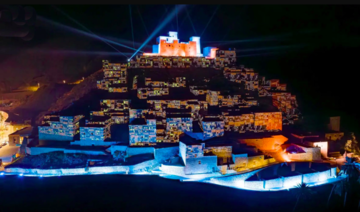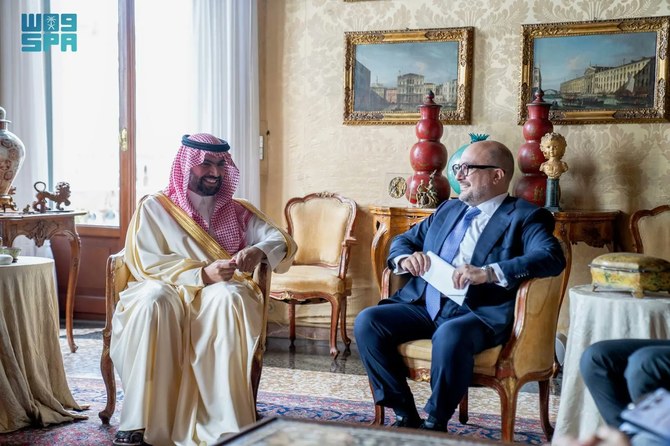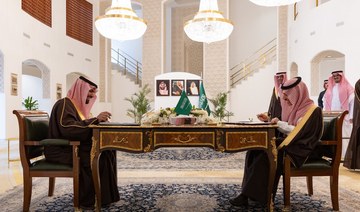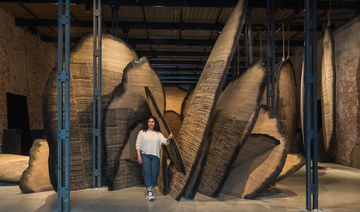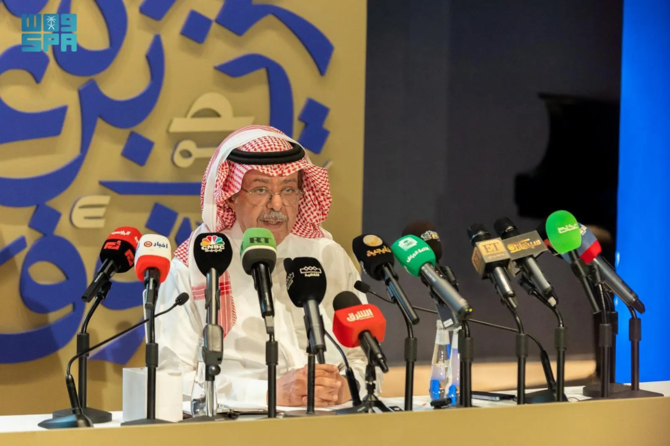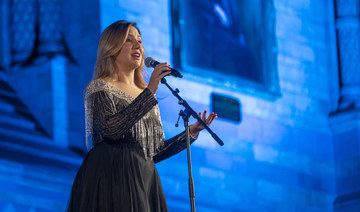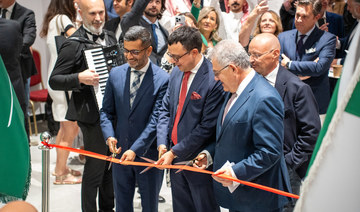TAIF: Taif Season may have turned the whole city into a magnet for local and regional visitors, but it is the Ward (Rose) Village that is proving to be one of the most popular attractions, bringing an average of 10,000 people to Arrudaf Park every day. According to village spokesman Naif Al-Damouk, people are thirsty for entertainment and a constant flow of visitors arrives every day from 5 p.m. to almost midnight.
“By the end of August, when the total number of those who visited our village is disclosed, I am sure the figures will be surprising. For the time being, we can say that we receive about 10,000 people per day. The exact number will be announced at the end of Taif Season,” Al-Damouk said.
More than 90 percent of visitors said they were satisfied with activities at the village, he added.
Ward Village blends nature with art, offering eye-catching dance performances as well as music and fragrant roses at the summer resort.
Al-Damouk said that some of Europe’s leading entertainment troupes and bands invited to Taif Season are creating “an atmosphere with a global touch of joy for visitors throughout August.”
“Some activities are repeated three times a day to cater for the flow of visitors who come at different times,” he said.
Visitors to Ward Village at Taif’s well-known Arrudaf Park can enjoy a variety of entertainment experiences, with many creative events designed to appeal to family members of all ages. Among the most popular attractions are the “horrible roses.”
“The horrible rose shows offer a fun-filled experience, with multiple rooms, dim lighting, sound effects and characters from horror movies and others dressed in floral costumes. The surprises make visitors’ experiences unforgettable,” Al-Damouk said.
HIGHLIGHTS
• Around 10,000 people visit the Ward Village daily.
• Some of Europe’s leading entertainment troupes and bands are enthralling visitors.
• A wide range of entertaining activities is underway.
Other activities include the rose lab, where visitors can learn about the rose oil industry from the moment a rose is picked through distillation, condensation and, finally, bottling.
Visitors to the village not only learn about the city’s traditional handicrafts, but also take part in the making of local traditional handmade products.
In compliance with Saudi Vision 2030, Ward Village is supporting and encouraging participation by skilled and productive families through the Bar’a (Adroit) initiative.
“The initiative has invited craftsmen from around the Kingdom to show their craftsmanship and display their products to visitors. Visitors can also take part in making some products, and then buy them as a wonderful reminder of their beautiful days during the Taif season,” he said.
Over the past several years, attitudes have changed dramatically in Taif, a city that is home mainly to tribal members. People have accepted change and even seem to want more of it, proving that the only barrier to greater openness was the so-called religious police.
Khaled Al-Zahrani, an educationalist, told Arab News that he “can’t believe that was his city.”
Members of the religious police were strict, especially when it came to sitting close to families, talking to women, or playing music in public, he said.
“I remember when we used to come to this area (Arrudaf) and there were only open spaces for young men to play football, and piles of rocks here and there,” he said.
Al-Zahrani recalled that one of his friends was a good lute player, and some other friends agreed to meet him and enjoy a night playing music at Arrudaf.
“While our friend was cautiously tuning his instrument, we were listening and looking around in fear that a religious police patrol would pass us. Some police were lenient, but others were hardhearted. They could take us to their centers and treat us as if we were worthless persons simply for playing music in public,” he said.
Now people are free to attend activities and enjoy music events at the park, Al-Zahrani said. “We are back to normal,” he said.








